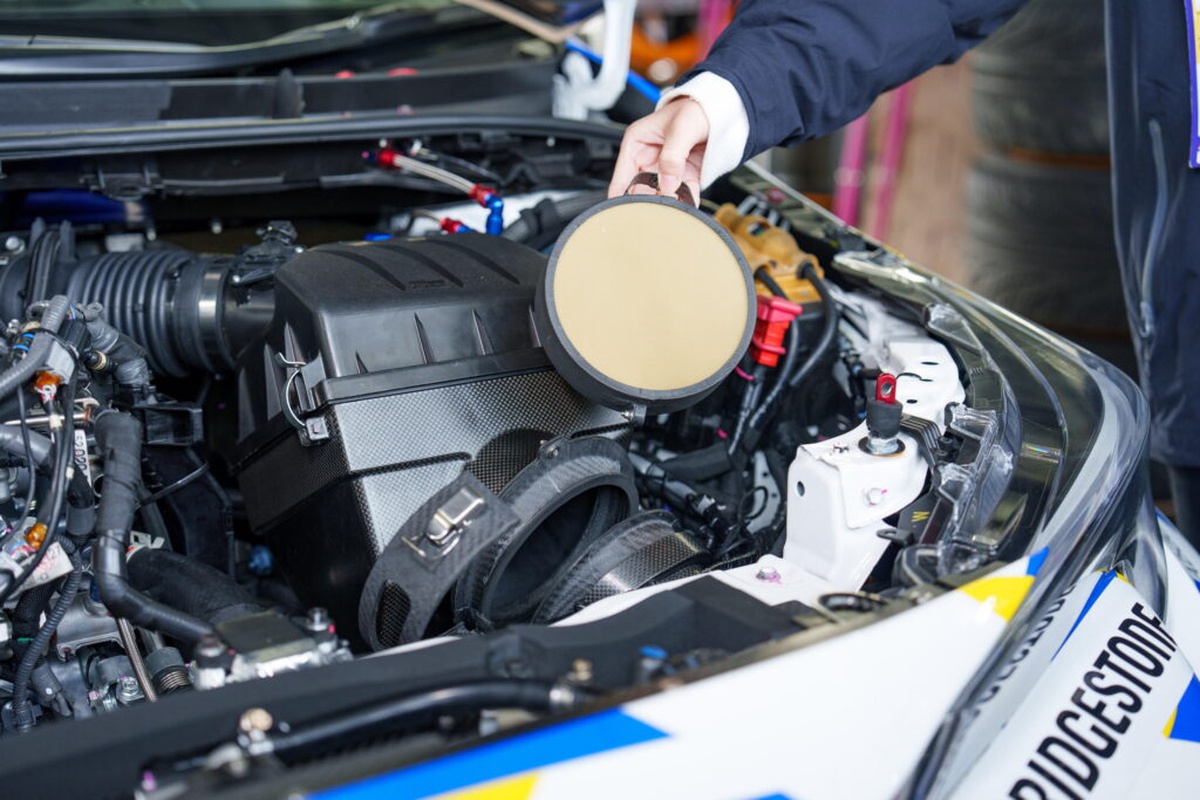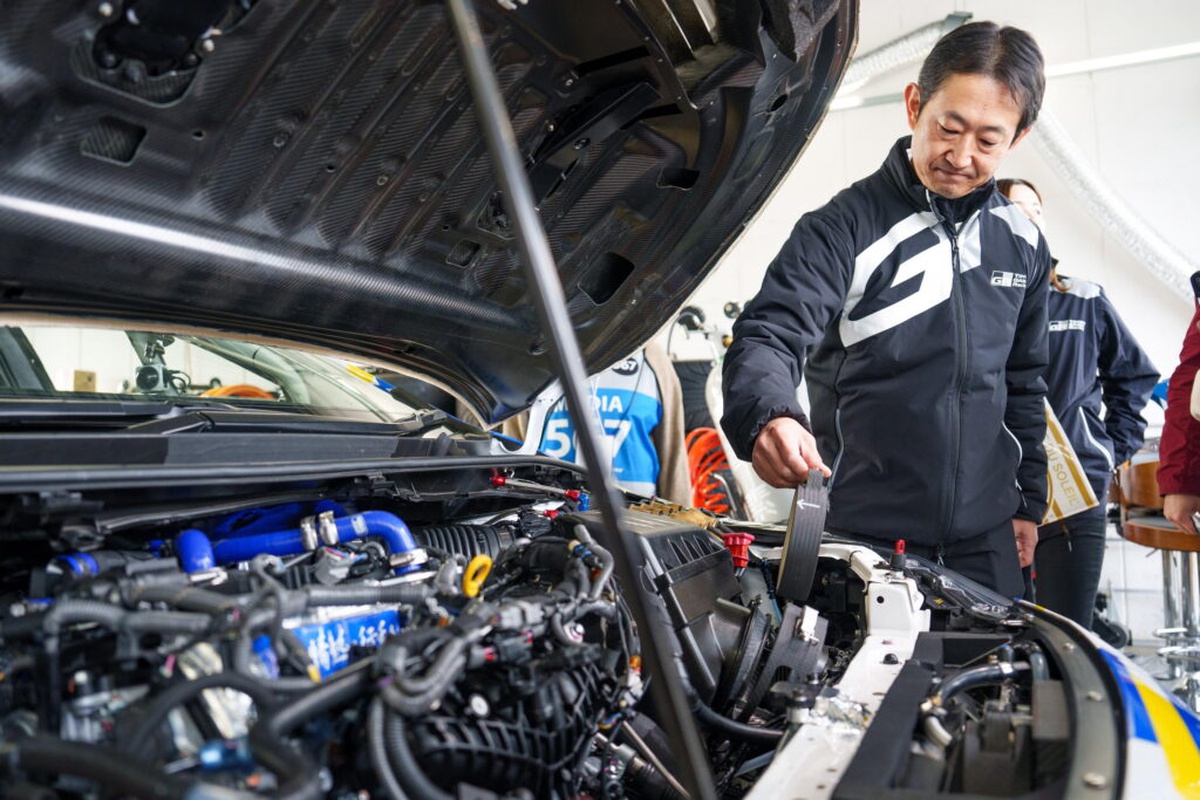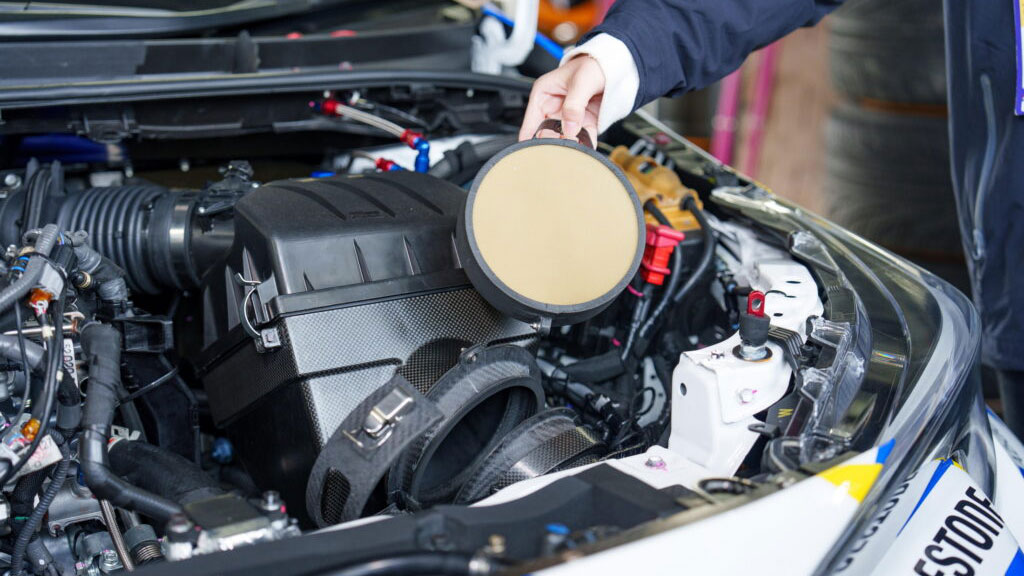A Japanese carmaker is testing a filter system that can capture carbon dioxide from the air. Such a system is fitted to the hydrogen internal combustion engine in Toyota's experimental GR Corolla racing car.
Toyota says initial tests have shown that this development has the potential to make cars not just carbon-neutral, but even carbon-negative.
Its filtration system requires no additional energy to operate. Filters at the front of the car capture carbon dioxide, then excess heat from the engine is used to dissolve it into a liquid that can be recycled. This means the technology can also work in conventional internal combustion engines, not just those that run on hydrogen.



Unfortunately, this introduction of the new technology into series production is still a long way off. In tests, the filters captured only 20 grams of carbon dioxide per 20 laps of the race track (91 kilometres). By comparison, petrol-powered engines emit an average of 2,351 grams of CO2 per litre of fuel consumed. Larger filters could absorb more carbon dioxide, but they would probably be difficult to fit in passenger cars.
In addition, the technology has so far had inconveniences and difficulties in operation. For example, the liquid with the collected "waste" needs to be safely transported and properly disposed of. And filters during races had to be changed manually during each pit stop. Still, if Toyota can successfully implement the technology to passively extract CO2 from the air while drivers are driving their cars, it could be a valuable innovation.
Source: Automotive News

